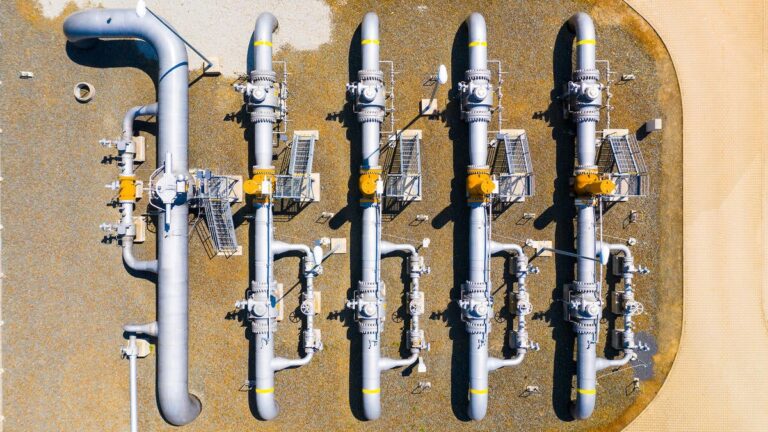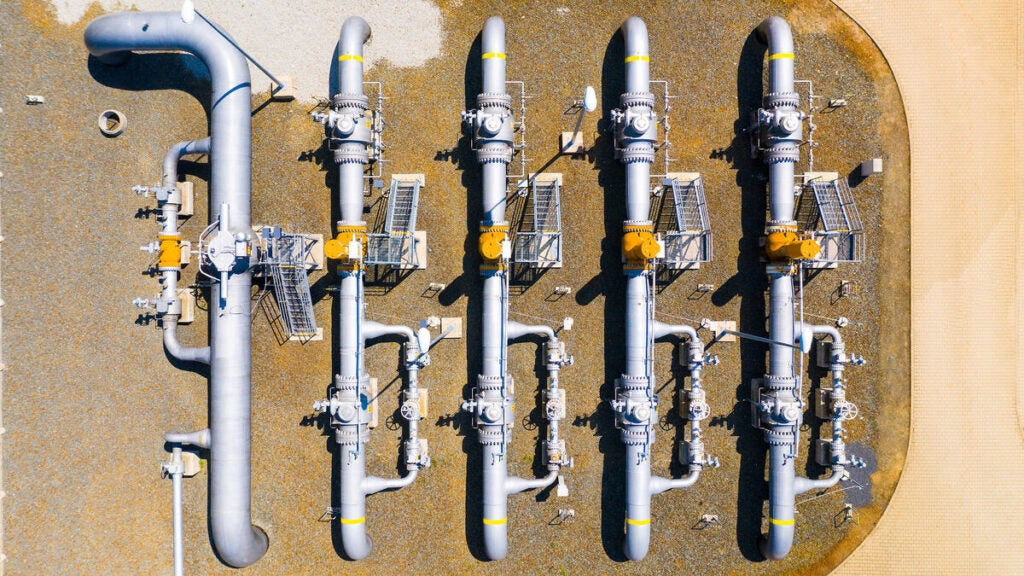“Very soon nobody is going to be able to hide from methane leakage,” Chevron CEO Mike Wirth said back in 2019 . Now, the convergence of new satellites, new climate commitments and new market demands means that day is here. Some companies have been girding for it; others are lagging. Either way, they all have work to do.
Smart operators will embrace the challenge. But walking the halls of CERAWeek, one of the industry’s premier leadership gatherings, one gets the impression that some haven’t yet recognized the extent to which name-brand international oil companies and the nationally owned oil companies are increasingly bound together by new methane obligations.
International, national oil & gas producers bound tightly by market pressure, new methane commitments Click To Tweet
Our team has just published a new report describing risks and opportunities arising from these intertwined relationships. The analysis makes clear that both corporate and international methane targets will require collaboration from the two sectors.
Risk & Opportunity
Largely outside the public eye, NOCs constitute the industry’s backbone. State-owned operators produce half the world’s oil and gas and hold two-thirds of global reserves. Thanks to a sprawling web of joint ventures, they also account for a large share of oil and gas produced by the IOCs, household names like Chevron, ExxonMobil and Shell.
The global supermajors have made high-profile commitments to measure, report and reduce their methane emissions. Until very recently, the NOCs stayed on the sidelines. They typically operate without stakeholder oversight and the public disclosures IOCs are accustomed to.
But suddenly that’s changing.
Last December’s climate talks in Dubai were dismissed by some as the “oil COP.” But one of the key milestones was an agreement by over 50 oil and gas companies representing over a third of global oil and gas production to cut their methane emissions to near-zero and eliminate routine flaring by 2030.
Of the 50 signatories of the Oil & Gas Decarbonation Charter, 30 are NOCs, two-thirds of which have joint ventures with one or more IOCs with methane reduction targets already in place under the UN Environment Programme’s Oil and Gas Methane Partnership.
Ties that bind
With few exceptions, methane commitments by the IOCs apply only to assets under direct company control. Ubiquitous joint ventures are excluded. We believe this should change. Whether or not it does, the OGDC represents a crucial opening for both national and international operators to deepen their engagement to overcome the technical, financial and operational limitations facing many NOCs.
Some are already working together on methane.
BP, the largest IOC presence in Azerbaijan, signed an agreement with the State Oil Company of the Azerbaijan Republic to drive down methane emissions throughout the entire country’s energy system — not just the portion BP is involved in.
Meanwhile, Nigerian National Petroleum Company Ltd. and TotalEnergies signed an MOU for NNPC to deploy methane detection technology developed by TotalEnergies. The French IOC has signed similar agreements with Petrobras (Brazil), SOCAR (Azerbaijan), Sonangol (Angola), and ONGC (India).
Ventures like these enable NOCs to benefit immediately from a decade’s worth of research and development in methane detection and quantification.
Satellites change the game
All of this is unfolding just as a new generation of satellites including MethaneSAT (developed by an EDF subsidiary) has emerged that can see and report methane emissions almost anywhere on Earth. For the first time, it will allow joint venture partners near real-time insight into the methane emissions of all their assets, whether they operate them or not. Data from MethaneSAT will be freely available to stakeholders and the public.
Launched this month, MethaneSAT was developed by an Environmental Defense Fund subsidiary to help companies and regulators locate and reduce emissions faster, while giving stakeholders unprecedented new ability to assess the results. Data from MethaneSAT will be free to the public, showing everyone who is — and who isn’t — getting the job done.
Cutting methane emissions in exporting countries is increasingly in the commercial interest of both national producers, their host governments and their international joint venture partners. If industry is to deliver on its broader climate pledges and truly transition toward decarbonization, it is critical that NOCs and NOJVs are part of its efforts.
Chance to succeed
The most recent IEA Methane Tracker report still shows methane emissions from energy are far too high. But together, these latest developments are a monumental opportunity for collaborative, transparent and rapid action on methane.
The OGDC covers about a third of global production. Combined with additional companies that are members of the industry’s Oil and Gas Climate Initiative and Oil and Gas Methane Partnership, approximately 46% of total upstream oil and gas is covered by a near- zero methane emissions target.
Now it’s time for IOCs and NOCs to work together to deliver.


